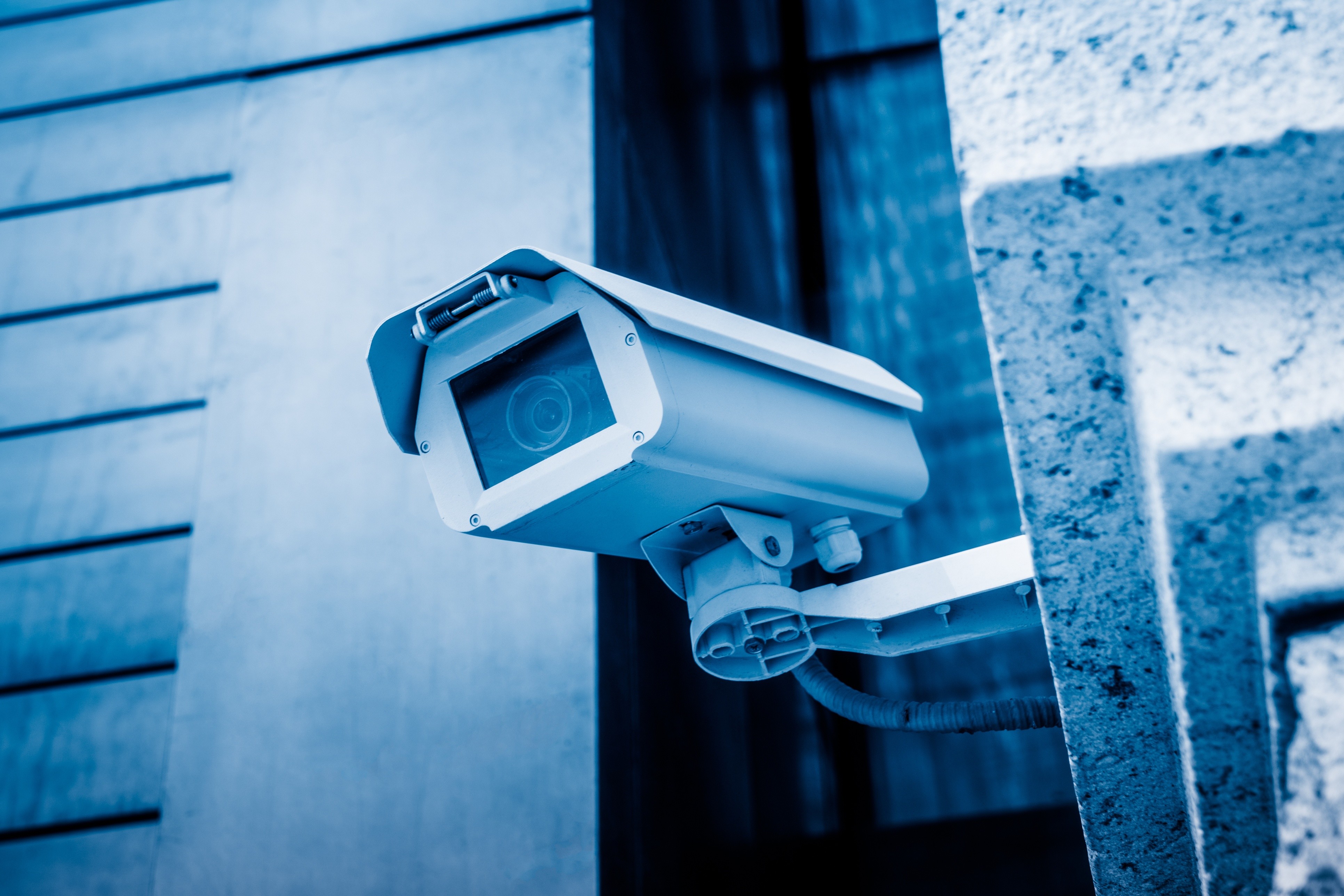If you have been arrested and detained by the police, then they would have taken your fingerprints, DNA and also taken a custody image.
For details regarding the retention and disposal of fingerprint and DNA records, please visit here: Fingerprint and DNA retention.
Custody Images and Facial Recognition Technology
Although DNA and fingerprints can be automatically triggered for deletion when someone is deleted from the PNC, custody records are not automatically deleted. They are not automatically deleted as images are not tied into the PNC system, but are generally logged onto local police systems and the Police National Database (the PND).
Deletion of Custody Images
If someone was not convicted or a case was dropped, generally there is a presumption that the custody images should be deleted. The police can still retain the image but only for a legitimate “policing purpose”. Policing purposes are protecting life and property; preserving order; preventing the commission of offences; bringing offenders to justice; and any duty or responsibility of the police arising from common or statute law.
Convictions and Custody Images
If you have been convicted, then you can apply for deletion of your custody image after 6 or 10 years (depending on the nature of the offence) after your conviction, or 6/10 years on release from custody if sentenced to a term of imprisonment/youth detention.
The police can refuse to delete, again based on legitimate policing purpose grounds. If someone is refused deletion of their image then they can reapply after a further or 5 or 10 year period depending in the offence.
Obviously as time passes, the utility of a custody image goes down, namely with age the individual concerned will no longer look like the original custody image, and so the justifications for retention do naturally diminish with time.
Live Facial Recognition (LFR)
Certain police forces, notably South Wales and the MPS, have started the roll-out of Facial Recognition technology which helps to locate a person from a digital image.
At present the main source of all LFR watchlists are taken from custody images. The Information Commissioner’s Office (ICO) states the following:
Before it commences, they compile a watchlist of subjects of interest. Generally, they use custody images to populate the list. They then decide when, where and for how long to deploy LFR.
On the ground, the police use a van as a control centre, with a Commanding Officer on board. The van contains monitors displaying footage from cameras sited nearby. As people pass by the cameras, the technology isolates facial images, converts them to a biometric template and compares these to the biometric templates of those on the watchlist. If a potential match between the watchlist and those passing the cameras is detected, an alert is sent to officers in the van, who then advise officers on the ground if the alert is positive. The officer on the ground will then decide whether to intervene, approach or ultimately apprehend the individual. The alert may be relayed to officers on the ground by a portable device, such as a mobile phone.
Deletion from LFR Watchlists
If you have had your custody image taken by the police, as there is presently no automatic deletion of custody images, it is possible that the police could use your image in a LFR watchlist.
There is pressure being put on the police to implement an automated system for deletion of custody images, however currently in order to have your image deleted you need to apply directly to the police force concerned.
If you are concerned about the retention of your custody image, or other biometric or PNC records – such as cautions or arrest records – then please get in touch.
We have extensive experience of successfully applying for the deletion of nationally and local held police records.

